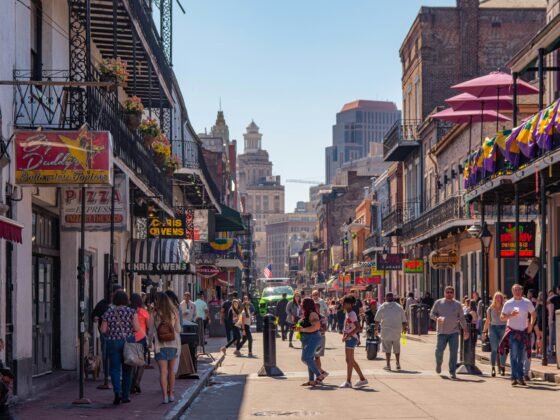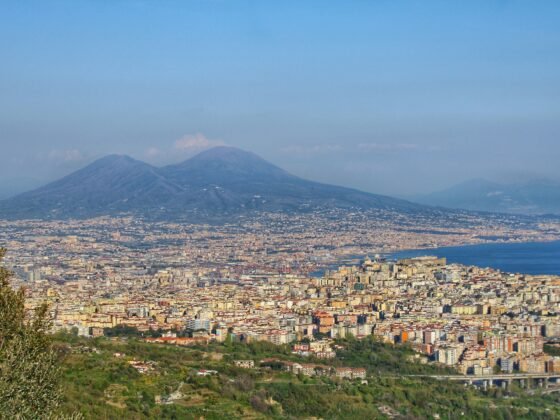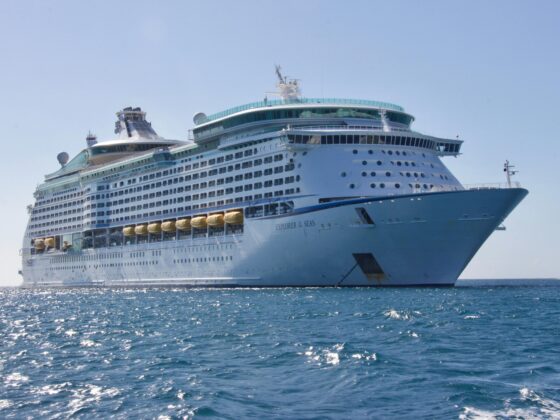Vietnam is an intriguing country with millennia of heritage and culture from past rule by Imperial China and the French Colonials. Today Vietnam has 7 destinations that are inscribed on the UNESCO World Heritage List, from the popular tourist haunts of Halong Bay and Hue, to lesser known sites.
Complex of Hué Monuments
In 1802 Hué became the capital of Viet Nam. In addition to being the capital it served as the religious, political and cultural center of the country as well. This was due to the fact that the Nguyen Dynasty ran Vietnam through 1945. The first person to rule the Nguyen Dynasty decided that Hue should be the capital because it was located in the middle of the country and was close to the sea. During the 17th and 18th centuries Hue became the center of all administrative activity throughout Southern Vietnam. The monuments located in Hue represent the efforts of Hue’s residents to quickly design and build a capital city. They also serve to show people that Hue represented eastern feudal capital. The Hue Monuments are in Thua Thien province and were inscribed on the UNESCO list in 1993 as a Cultural site.
Ha Long Bay
Ha Long Bay can be found in the Gulf of Tonkin, in the Quang Ninh province and is made up of 1,600 islets and islands. The majority of these islands are not populated by human beings because the environment is not conducive to humans living there. The islands of Halong Bay are a sight to see because they have beautiful pillars that boast features like caves and arches. The scenery of these islands is spectacular. There are also limestone towers and landforms, making Ha Long Bay visually appealing despite being inhabitable. Even though humans have used these islands the islands do not appear to be touched by the human hand. Added to the World Heritage list in 1994, Ha Long Bay is denoted as a Natural site.
Hoi An Ancient Town
Hoi An Ancient Town is a trading port that represents the ports used in Southeast Asia between the 15th and 19th centuries. The town of Hoi An has been preserved so that it still appears as it did centuries ago. The majority of the buildings in this town were built in the style of architecture used in both the 19th and 20th centuries. Many religious buildings can be found here, including meeting houses, pagodas and temples and lies in Quang Nam province.
The interesting aspect of the architecture found in Hoi An town is that almost every building is constructed of wood. The architectural styles used are a combination of techniques and designs from Vietnam, Japan, China and other countries. The town of Hoi is the home of a wooden bridge that was originally built in the beginning of the 18th century. Though it has been rebuilt many times since then it still boasts a pagoda on the bridge. There are also several tombs that represent the architectural styles of not only Vietnam, but China and Japan as well. This cultural site was added to the UNESCO list in 1999.
My Son Sanctuary
The My Son Sanctuary took ten centuries to be built and today stands within the Quang Nam Province. It is important to the people of Vietnam because it is a representation of politics and spiritual beliefs during one critical phase of South-East Asia’s history. This sanctuary contains Hindu tower temples which have been preserved throughout the centuries. There are 71 monuments divided into eight groups. These monuments were preserved starting in the beginning of the 20th century, when French archaeologists discovered them. This cultural site was added to the UNESCO World Heritage Sites in Vietnam in 1999.
Phong Nha-Ke Bang National Park
The Phong Nha-Ke Bang National Park is denoted as a Natural Site and is located in Quang Binh, a province in Vietnam. The province is located in the center of the Annamite Mountain Range. In this park there are many caves, forests, underground rivers and habitats for water-based animals. The caves and underground rivers make up a limestone karst ecosystem, which is said to be one of the best in the world. The types of caves that can be found here include; dendritic caves, terraced caves, intersecting caves, dry caves and suspended caves. Phong Nha-Ke Bang National Park was inscribed in 2003.
Central Sector of the Imperial Citadel of Thang Long, Hanoi
The Ly Viet Dynasty built the Thang Long Imperial Citadel in the 11th century to mark the Dai Vet’s independence. The Central Sector is located in Vietnam’s capital city Hanoi and is considered Vietnam’s most important part of the Thang Long Imperial Citadel. The buildings found in the Citadel are a reflection of the Red River Valley’s culture and the culture of South-East Asia. The longevity of this Citadel is what gives it character and why it serves as a seat of power. This is sixth addition to the World Heritage List in 2011.
Citadel of the Ho Dynasty
The Citadel of the Ho Dynasty was built in the 14th century around the principles of feng shui. Located in the Vĩnh Lộc district in the north central coast area, the citadel is constructed from limestone blocks, the inner part of the Citadel represents architectural technology inspired by South and East Asia. It represents a time where the philosophy of Confucius became popular. This cultural site is the newest addition to Vietnam’s UNESCO offering as it was added in 2011, taking the total to 7.












